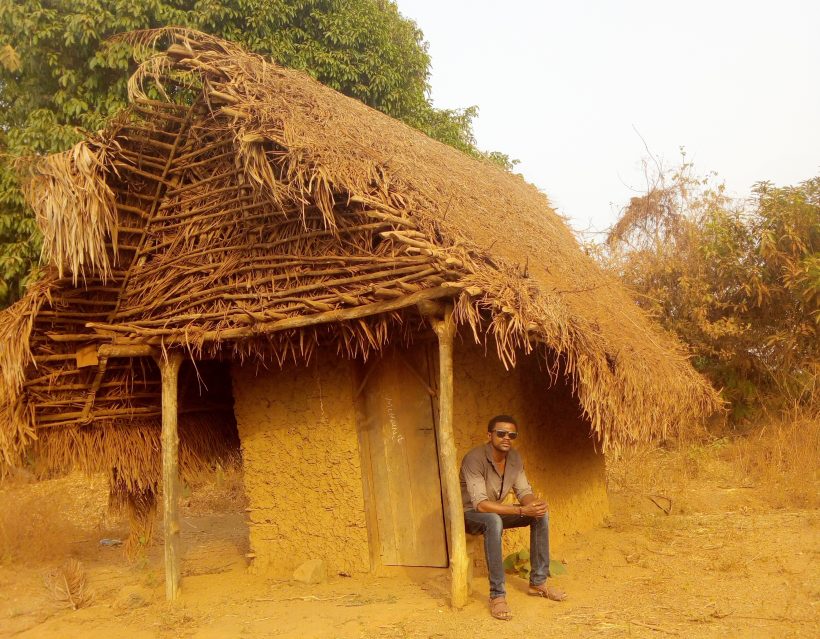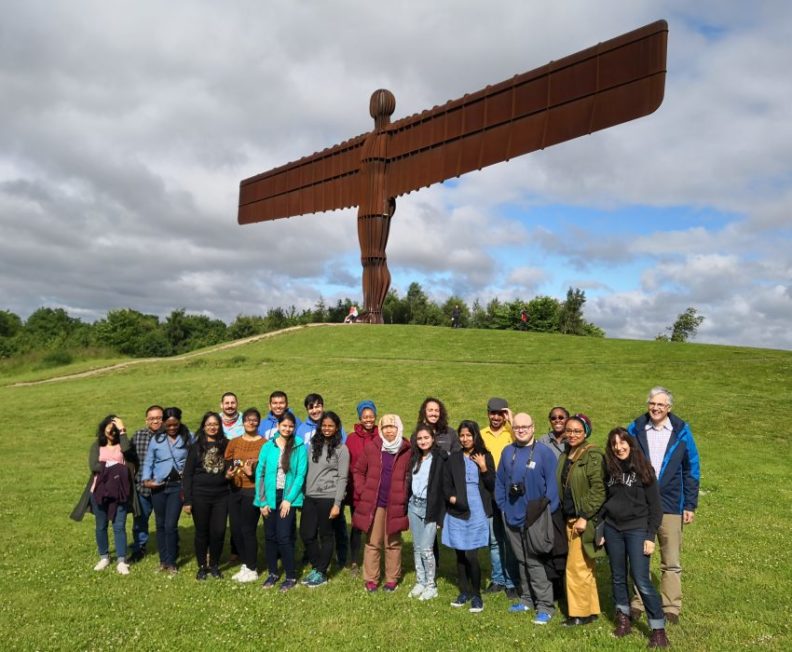Designs for Dwellings

Designs for dwellings: strategies for managing human-animal contact in Sierra Leone
With the unfolding scientific evidences of infectious diseases of zoonotic parentage, the need to explore the socio-cultural contacts human beings have with animals and the strategies employed to avoid those contacts perceived as unwanted is very critical for the actualisation of the global agenda on health and wellbeing of populations by 2030 (United Nations-SDG goal 3). In sub-Saharan Africa, many of these interactions occur in and around domestic spaces. There is need to work alongside communities to reduce interactions with animals and insects that can spread disease.
Human beings have an inextricable relationship with animals either from the wild or domesticated in the form of livestock, pets, meat for consumption and as a source of economic livelihood, the consequences of this interaction are however diverse. In spite of the emotional, social and economic benefits human beings derive from animals, trending consensus in the biological as well as social sciences of some animals being reservoirs for the transmission of certain illness such as Ebola, Lassa virus and other neglected tropical diseases makes it glaringly obvious that, failure to pay keen attention to human and animal interface in health related policies is a threat to our wellbeing and survival. Recent out breaks of Viral Hemorrhagic Fever such as Lassa and the 2013-2016 Ebola outbreak in West Africa shed light on the probability of zoonotic transmission through human contact with animal hosts (Bonwitt .J. et al 2017). While global institutions and organizations design plans and strategies for intervention, control and prevention of diseases perceived to be transmitted through contact with animals, indigenous people modify and innovate their own strategies in managing unwanted contact with animals, pests and rodents inclusive.
Like designing and using tools and weapons to master their social space, constructing dwellings is one of the deliberate and conscious efforts of human beings to reshape and fashion their environment for survival. According to Tim Ingold (2000), human beings are dwellers and therefore build because they dwell and not the reverse. Domestic spaces are continually patterned with material culture, influenced by symbols, beliefs, customs and traditions, upon a shared meaning and social relevance.
The concept of dwelling is most often misplaced with buildings, though related there is more to dwelling that goes beyond the physical architecture. Buildings are structures for shelter used as residence for certain life activities, while the social interactions that takes place within the building which is a vessel or container for those repeated social interactions define dwelling in this context.
Undertaking an ethnographic enquiry into the social and cultural drivers of human animal interaction and the strategies used in managing unwanted contact with specific to the Designs for Dwellings in Sierra Leone, will be of significance in the formulation of approaches for the wider global scale intervention and management of unwanted human-animal contact.
- Bonwitt .J; et al 2017 Participation of women and children in hunting activities in Sierra Leone and implications for control of zoonotic infections; PLoS Neglected Tropical Diseases
- Ingold T. 2000 Perception of the Environment: essays on livelihood, dwelling and Skill; Routledge London and New York.
Martin Sheku Kandeh

